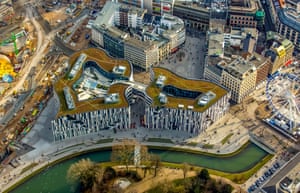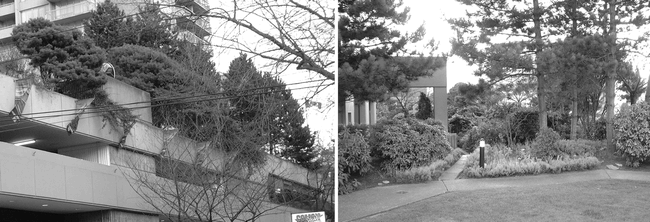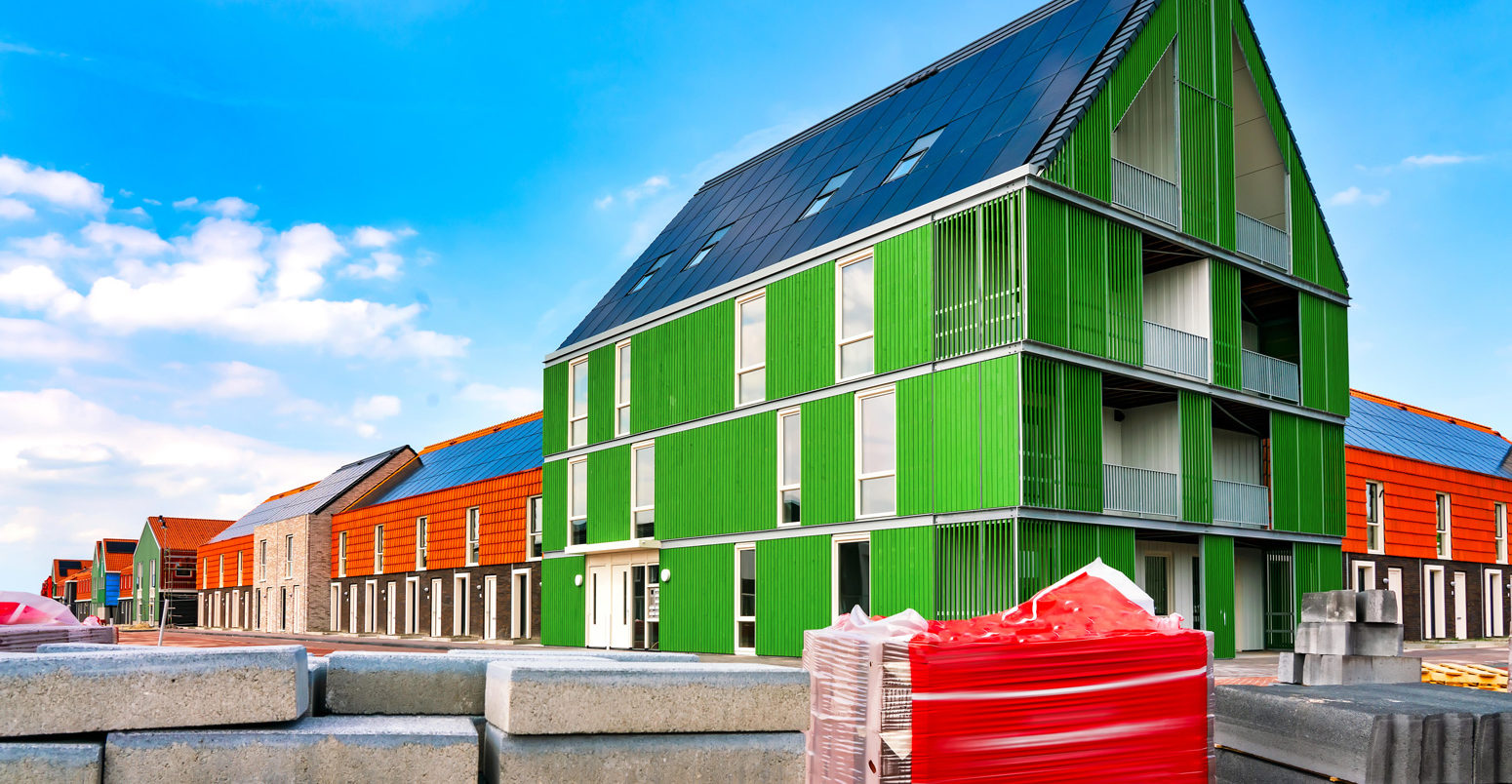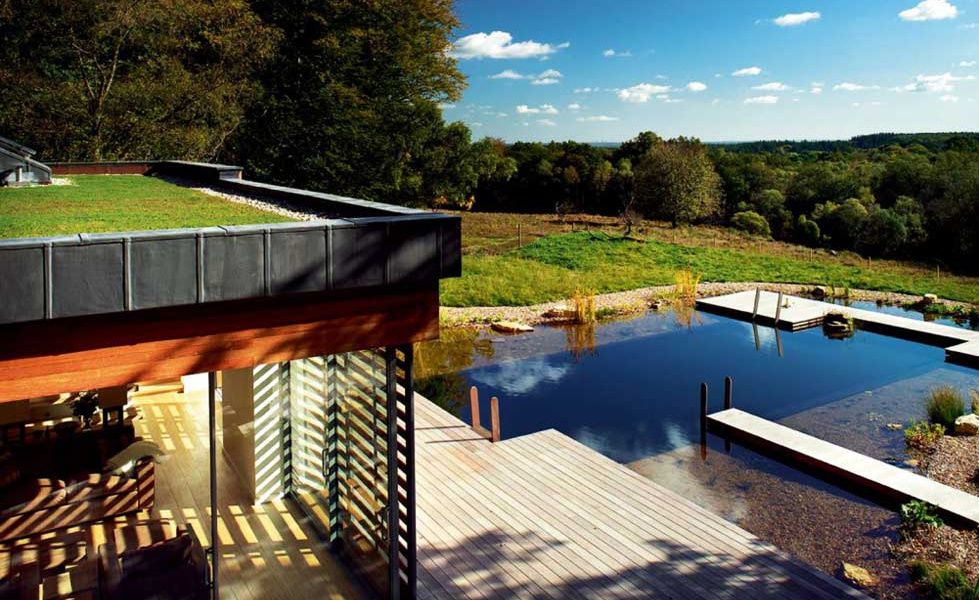In the 1970s during the oil crisis west germany began exploring lightweight adaptations of sod roofs due to a growing concern for the environment and an interest in energy conservation.
History of green roofs in germany.
Terraced green roofs like stairs were developed in the 1960s.
He published his work on green roofs in germany and marked the beginning of increased further green technology research.
Since that time extensive green roofs have been lauded for their many benefits as cost effective solutions for urban.
Back to this century germany was first to recognize and begin officially studying the benefits of green roof technology.
In the 1970s when the oil crisis was at its height germany was one of the first countries to investigate the use of green roofs for energy conservation and by the middle of the noughties there were an estimated 13 million square metres of roofing in the country covered with greenery.
This is a relatively new phenomenon and was developed in germany in the 1960s and has spread to many countries since then.
Green roofs began to gain attention and popularity throughout europe.
In 1989 1 million square meters of roofs.
Reinhard bornkamm is a researcher at berlin s free university who is internationally known to be the father of modern green roofs.
During the oil crisis of the 1970s west germany explored lightweight adaptations of sod roofs for the purpose of energy conservation.
Green roofs are an old idea.
Unlike former green roofs this first approach offered reliable technology that provided sophisticated irrigation and protection against root ingress for rooftop gardens.
Modern green roof technology began in the early seventies in germany when the first green roof systems were developed and marketed on a large scale.






























